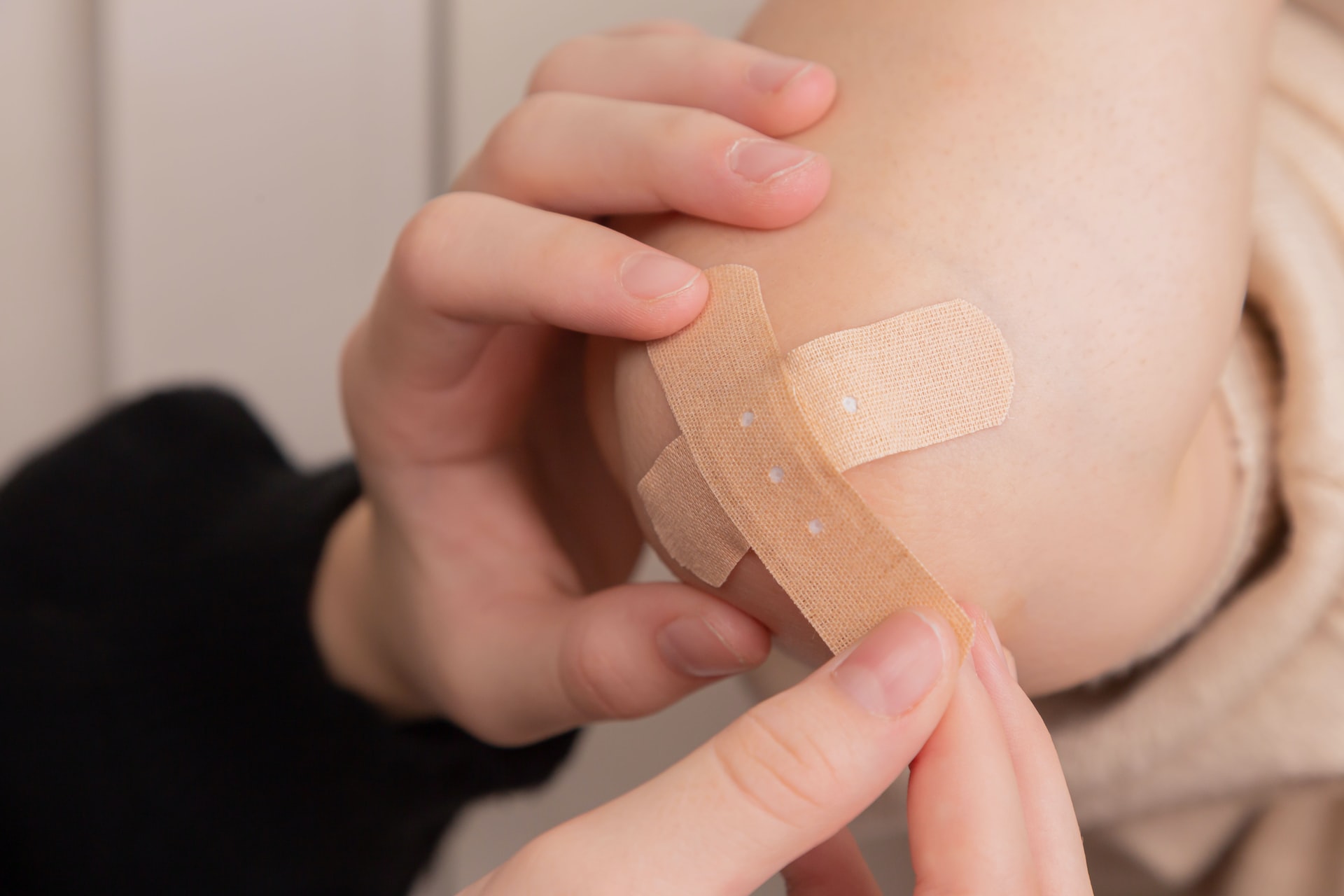The prevalence of acute and chronic wounds is steadily increasing due to the rise in the elderly population. In the United States, an estimated 5.7 million patients suffer from chronic wounds annually. Given the burden of chronic wounds, there has been a growing interest in the development of wound care management and technology. Podiatrists and wound care specialists have revolutionized traditional wound care through research and innovation. As a result of wound care advances, patients can benefit from improved quality of life and reduction in mortality rates. A brief overview of the recent trends in wound care is described below:
The 'TIME' Principle Of Wound Management
Chronic wounds result from a combination of factors that impair wound healing. In wound care practice, the TIME mnemonic has emerged as a helpful tool to remind podiatrists and wound care specialists of basic wound management principles. The TIME mnemonic stands for:
- Tissue: Tissue debridement and evaluation. The first step is the evaluation of tissue. If necrotic tissue is present, then debridement is indicated for the removal of devitalized tissue. The debridement options include surgical, autolytic, enzymatic, mechanical, and biological.
- Infection Control: Wound infection is a major cause of delayed wound healing. Therefore prompt recognition and treatment of wound infections are essential. The use of topical antimicrobial agents can be beneficial.
- Moisture: Wound exudate is a normal physiological part of the wound healing process. However, too much or too little exudate can be detrimental to the healing process. Therefore, emphasis should be placed on the creation of a moist, not wet wound microenvironment. This can be achieved through the use of special moisture-retaining wound dressings.
- Edge: Wound epithelialization is an essential part of the wound healing process. The presence of thickened callus or hyperkeratosis around the wound edge can affect the wound healing process. Rolled or undermined edges also impact the wound healing process. Treatments for wound edge management include negative pressure wound therapy (NPWT), laser therapy, and systemic oxygen therapy.
Advanced Wound Dressings
Traditional wound dressings adhere to the wound and can result in tissue necrosis. Therefore advanced wound dressings have been developed that aid in the wound healing process. Some of the common types of dressings include:
- Films: These dressings allow for the diffusion of oxygen and small molecules but are impermeable to large molecules. This makes them ideal for creating a moist wound environment. Films have also been found to be impermeable to bacteria and proteins which means they are associated with a lesser risk of infection. Examples of film dressings include Tegaderm, Bioclusive, and Cutifilm.
- Alginate dressings: Even though alginate dressings are not soluble in water, they form a gel-like substance on exposure to the wound exudate. They are composed of polysaccharides obtained from algae. Alginate dressings are suitable for wounds with heavy exudate. However, they are not suitable for dry wounds.
- Hydrocolloid dressings: Hydrocolloid dressings form a gel-like substance on exposure to moisture. They are composed of agents like gelatin, pectin that can form a gel. In addition, hydrocolloid dressings have an excellent ability to trap bacteria and reduce wound pH which makes them ideal for infection control.
- Hydrogel dressings: The hydrogel dressings can retain or transfer moisture depending on the moisture status of the wound. These are made of synthetic polymers and are known for providing a cooling effect to the skin. This can make them ideal for minimizing pain and patient discomfort.
Role Of Growth-Factor Based Therapies
The role of various growth factors like platelet-derived growth factor (PDGF), transforming growth factor beta (TGF-B) and fibroblast growth factor (FGF) is now being increasingly researched for wound care. Growth factors play an important role in wound healing and accelerate the healing process. Platelet-rich plasma therapy is emerging as a novel treatment approach in the management of chronic wounds with positive results. It consists of an autologous concentration of platelets that is injected into the wound site. This helps to improve wound healing.
Negative Pressure Wound Therapy
Negative pressure wound therapy involves the application of subatmospheric pressure to the wound site. It helps to accelerate wound healing through multiple mechanisms which involve improved angiogenesis, stimulation of granulation tissue formation, and reduced bacterial load. Since its introduction in 1995, it is increasingly being used in wound care practice due to the promising results obtained from its use. Negative pressure wound therapy is more cost-effective in the long term as it requires less dedicated nursing and dressing changes.
Wound Closure
The apposition of wound edges marks the final stages of the wound healing process. However, if the process is not achieved timely then there might be a need for wound closure using skin flaps or biological cell-based dressings. Grafts used can be either full-thickness or split-thickness grafts. These are obtained from the same individual and are transplanted to the wound site. Biological cell-based dressings are an alternative that is composed of a layer of live allogenic cells. Skin substitutes can also be used as they allow for the addition of growth factors to the wound site.



.webp)

.avif)